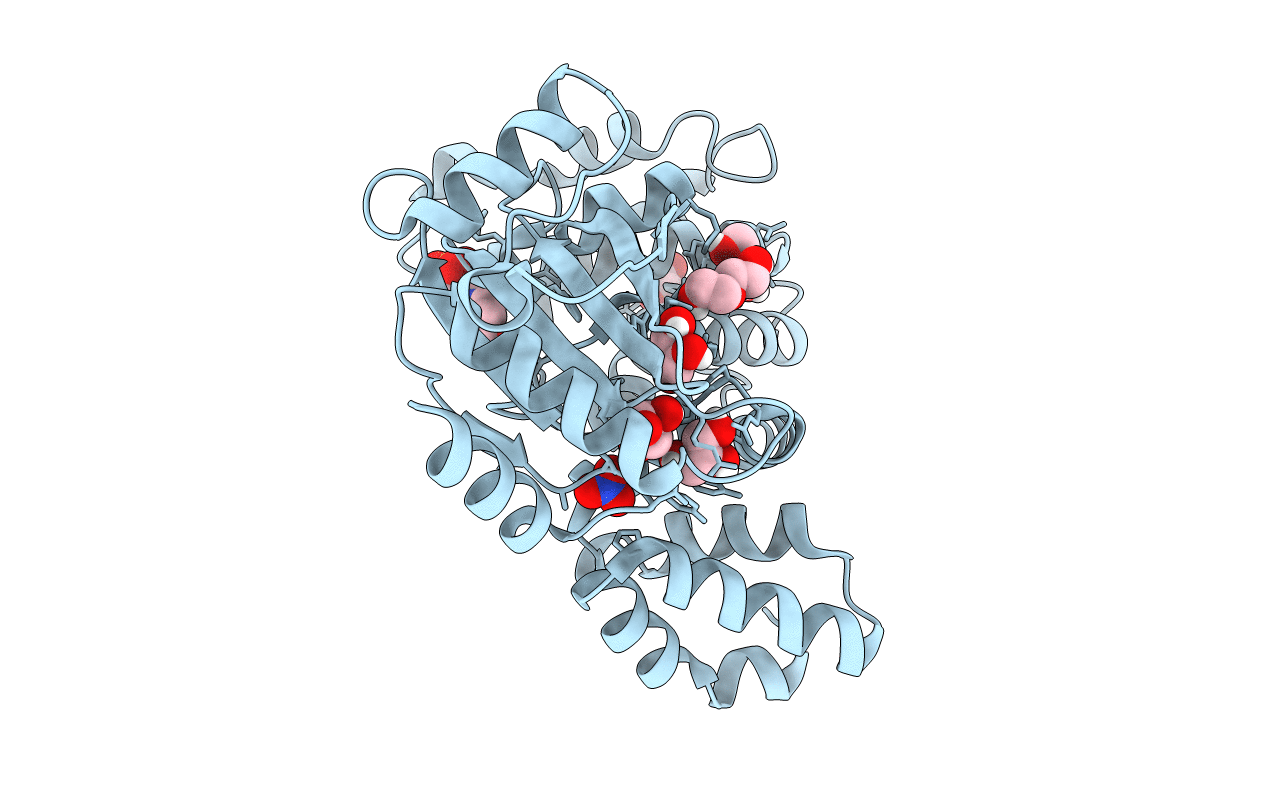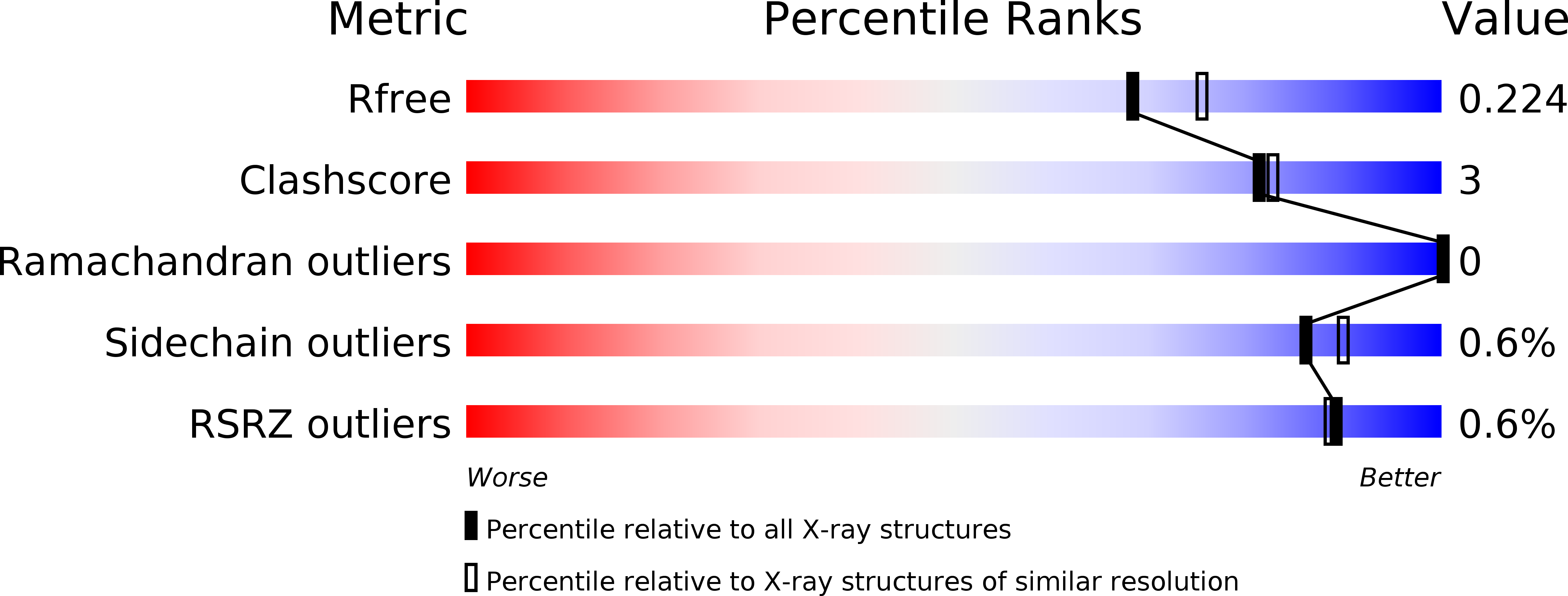
Deposition Date
2014-11-27
Release Date
2015-01-14
Last Version Date
2023-12-20
Entry Detail
PDB ID:
4D7Q
Keywords:
Title:
Crystal structure of a chimeric protein with the Sec7 domain of Legionella pneumophila RalF and the capping domain of Rickettsia prowazekii RalF
Biological Source:
Source Organism:
LEGIONELLA PNEUMOPHILA (Taxon ID: 272624)
RICKETTSIA PROWAZEKII (Taxon ID: 272947)
RICKETTSIA PROWAZEKII (Taxon ID: 272947)
Host Organism:
Method Details:
Experimental Method:
Resolution:
2.00 Å
R-Value Free:
0.21
R-Value Work:
0.17
R-Value Observed:
0.17
Space Group:
P 21 21 21


